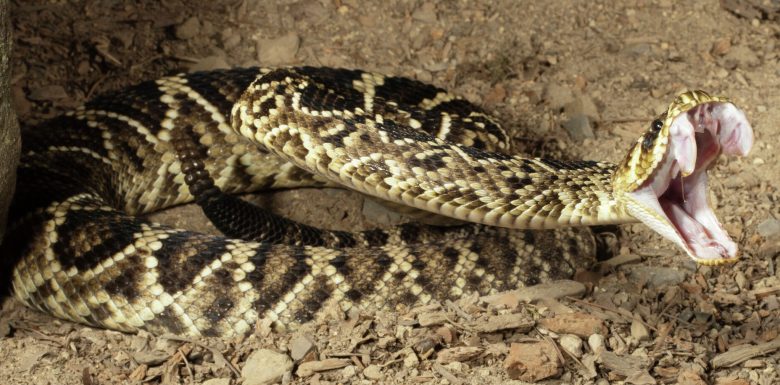Rattlesnakes are emerging from hibernation to seek sunshine as the weather gets warmer. Arizona is home to 13 species of rattlesnakes, eight or nine of which are found in the state’s southeast, with about 200 rattlesnake bites reported year. They may be found anywhere, from urban backyards to deserts, canyons, and woodlands.
According to department biologists, some rattlers crawl up to a mile from their dens to where they pass the summer. The poisonous vipers don’t always ratchet before attacking.
The following are some tricks on how to treat a rattlesnake bite when hiking in Tucson, Arizona:
Don’t Panic
First and foremost, anyone bitten by a poisonous snake should take all necessary precautions to maintain a moderate heart rate. That entails refraining from bolting, frightening yourself, or pursuing the snake again. Additionally, like any viper, a rattlesnake expels venom that can seriously harm tissue if pressure is applied to the incision.
No ice or tourniquets is recommended since it’s crucial to prevent tissue death in the bitten extremities. These have been scientifically shown to have no effect on tissue preservation and increase the risk of losing a life or limb.
Keep tracking your symptoms.
Keeping note of your symptoms is among the most crucial actions you should take if a rattlesnake has bitten you. Of course, there is the first discomfort, and rattlesnake venom makes a sufferer feel worse. To assist the hospital in proper care for you when you’re in need, keep track of where the painful swelling and inflammation are on your body. Keep a Sharpie handy, and mark the bite’s location with it. After that, draw a line up your appendage to indicate where the discomfort and swelling finish, such as halfway up your foot if your toe is already experiencing that much swelling.
The type of snake that bit you must be identified by tracking how quickly the pain spreads, wherever the bite occurred. If the snake were a rattlesnake or another variety of viper, the snake anti-venom to be used would also depend on how quickly the agony spread. You can lessen your chances of making the effects of the bite worse by cooperating and returning quickly to the nearest hospital.
After you have been treated at the hospital, you may still experience pain in the area of the muscle in which you were bit. The lasting effects of venom can cause discomfort in the muscle for days, even weeks. If you find that your muscles are tight, or still sore where you were bitten by the snake, you can muscle treatment creams that can be applied topically, while another option is to visit one of the many massage spas in Tucson that offer deep-tissue massages and therapeutic treatment for sore muscles.
Try to rush to the hospital.
After being bitten by a rattlesnake, you should either find a local hospital or call for emergency help. Walking instead of hurrying or sprinting can benefit you more on your return hike because frantic activities will make your heart race. Again, a rattlesnake bite needs to be treated at a hospital; no amount of self-care will help you because only antivenom is effective.
Be prepared beforehand
Bring appropriate gear if you want to trek in an area where rattlesnakes may exist. Dress properly to lower your chances of being bitten. In case of anaphylactic shock, you should also have a sharpie, your phone, an EpiPen, and fast-acting allergy medications. If you do that, your odds of surviving a rattlesnake bite will instantly increase.
Keep Your Cool
Keeping your cool and moving quickly is crucial, but remember that rattlesnake bites are rarely fatal. The above suggestions are how to treat a rattlesnake bite when hiking in Tuscon, Arizona, that can be useful to you in an emergency.



